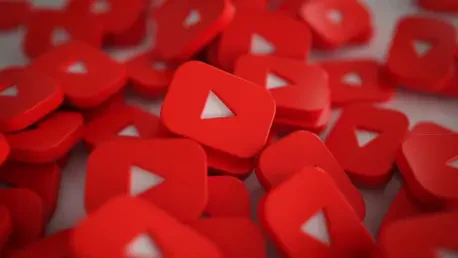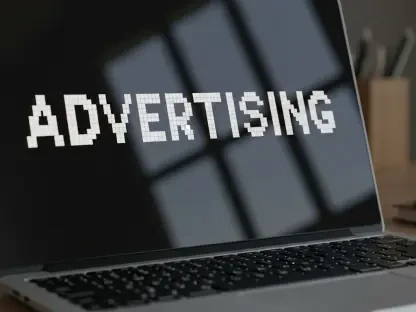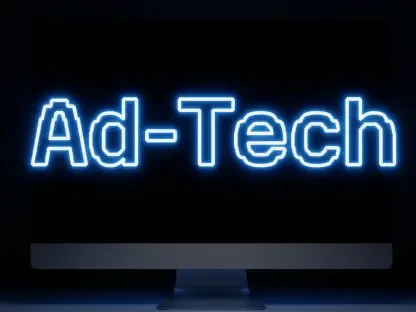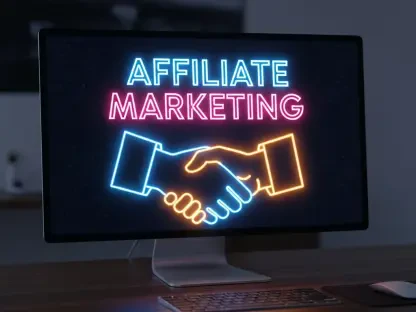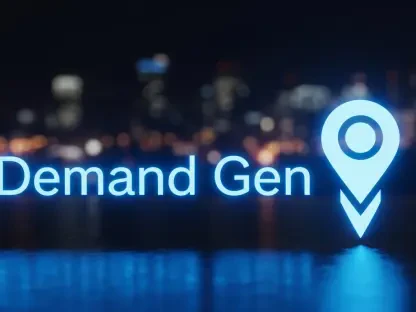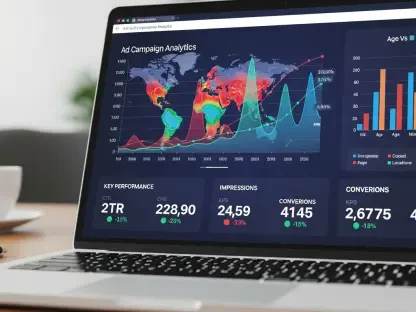In an evolving digital landscape, Anastasia Braitsik stands out as a leading global expert in SEO, content marketing, and data analytics. With YouTube set to implement transformative changes in July 2025, Anastasia’s insights become pivotal for content creators navigating this shift. We delve into the ramifications of YouTube’s policy updates, the impact on AI-generated content, and the broader implications for creators and advertisers.
Can you explain the new monetization rules YouTube is implementing starting July 15, 2025?
YouTube is rolling out new monetization rules under their Partner Program aimed at enhancing content quality on the platform. Starting July 15, 2025, videos that are seen as mass-produced or generated with minimal creative input, especially those relying heavily on AI, will face stricter scrutiny. The goal is to maintain and promote content that is original and provides genuine editorial value.
How will these rules specifically target AI-generated and low-effort content?
The new guidelines focus on content that lacks originality or transformative input. This includes voice-over compilations with minimal input, repetitive Shorts using text-to-speech, and slideshows with little commentary. YouTube’s emphasis will be on demonstrating human creativity and crafting content that adds value, tackling concerns of spammy AI-generated material undermining content integrity.
What types of content are most at risk of being demonetized under these new guidelines?
Content that just aggregates material from various sources with slight alterations is at the highest risk. Those channels reproducing repetitive or template-style videos across numerous uploads, typically without substantive creative or editorial effort, might see their monetization capabilities significantly reduced.
How does YouTube define originality, context, and editorial value in its updated policy?
YouTube is looking for content that showcases unique insights, critical commentary, and creative storytelling in its structure. Originality doesn’t merely mean creating something from scratch—it involves transforming the material through personal insight, critique, or artistic flair that adds genuine value for viewers.
Could you give examples of AI-generated content that might still be eligible for monetization?
AI-generated content can still be monetizable if it includes significant human involvement. This could be reaction videos where AI tools are used to enhance visuals or audio, as long as there’s substantial commentary and added perspective from the creator. AI voiceovers fitted within innovative formats that tell engaging, original stories are also permissible.
How will these changes impact content creators who currently rely on AI tools?
Creators that have depended heavily on AI automation will need to pivot towards integrating more human elements into their work. Those who blend AI advancements with personal creativity and meaningful input can continue thriving, but it’s essential to balance the technology with distinctive, human-driven storytelling.
What steps can creators take to ensure their content remains monetizable under the new rules?
Creators should focus on bringing originality to their content by providing unique commentary, insights, and storytelling. Using AI tools creatively to support—not replace—human contributions will be key. Investing time in editing, crafting narratives, and ensuring the content resonates with viewers will help maintain monetization status.
How are these changes expected to affect advertiser confidence and viewer experience?
Advertisers will likely gain more confidence in investing as there’ll be clearer assurance that they’re associating with authentic, quality content. For viewers, the experience might be enhanced, with fewer low-effort or repetitive videos, providing richer, diverse content aligned with human creativity.
Could you elaborate on the new audience insight-sharing feature?
YouTube’s audience insight-sharing feature allows creators to share analytics, offering age range, location data, watch habits, and engagement rates directly with advertisers. This transparency aims to boost creator-advertiser partnerships by aligning campaigns with audience interests for better brand deals.
How does this feature benefit both creators and advertisers?
For creators, it opens doors to more lucrative sponsorships, being able to demonstrate tangible audience engagement metrics. Advertisers benefit from knowing precisely who watches their ads, allowing targeted marketing strategies that are more likely to resonate and convert.
What specific audience data will be shared with advertisers, and how can it be used to improve brand deals?
Advertisers will access age demographics, geographical locations, and engagement stats like viewer retention rates. This detailed data enables advertisers to tailor their approach, ensuring marketing aligns with viewer preferences, thereby enhancing campaign effectiveness and reinforcing brand partnerships.
Can you provide details about Australia’s proposed legislation to ban YouTube access for kids under 16?
Australia is considering an impactful legislative move that would restrict social media access for minors under 16, including YouTube. This proposal arises from concerns about overstimulation and potential exposure to violence or misinformation, and if enacted, would create significant access barriers akin to global child protection reforms.
Why is Australia considering such strict regulations, and what impact might this have on YouTube’s platform?
Australia’s focus on protecting young users stems from the increasing dependency and vulnerability to algorithm-driven content. Implementing such restrictions may influence YouTube to bolster their child safety features, potentially reshaping how youth interact with media content globally.
How will the update to YouTube’s live streaming age limit affect young content creators?
Raising the livestream age limit to 16 is set to change the dynamics for younger creators. Those between 13-15 will need adult supervision during streams, which might limit spontaneity but ensures safety against inappropriate or risky online interactions.
What safety issues prompted YouTube to raise the minimum age for unsupervised live streaming?
Safety concerns have heightened, with incidents showing minors interacting with potentially harmful content while unsupervised. Real-time moderation challenges have necessitated these restrictions, intending to minimize exposure to strangers or unforeseen inappropriate interactions during broadcasts.
Could you describe the potential changes YouTube viewers can expect in content quality following these updates?
Viewers are likely to see an increase in content quality, as creators adjust to meet stringent guidelines, reducing nonsensical or spammy uploads. Enhanced storytelling and substantive content could become the norm, offering viewers more meaningful and enjoyable viewing experiences.
What are the pros and cons of downloading YouTube videos using Mac’s native tools versus third-party software?
Native tools like screen recording are straightforward and secure but might not capture high-quality audio or video. Third-party software offers advanced features like downloading entire playlists in high resolution but comes with security risks and often subscription costs, posing a trade-off between convenience and quality.
How do YouTube Premium’s download features differ from those offered by third-party applications?
YouTube Premium provides a streamlined, legal option for offline viewing directly within YouTube’s app, ensuring high quality and compliance with terms of service. Third-party applications, although versatile, frequently confront legal and reliability hurdles, their download options often offering more formats but lacking official support.
What precautions should users take when selecting third-party YouTube downloaders to avoid security risks?
Use reputable sources, read reviews carefully, and avoid applications prompting unnecessary permissions or ads signaling potential malware. When installing third-party downloaders, ensure they won’t compromise sensitive data or inject unwanted software onto your system.
How important is it for viewers and creators to be aware of YouTube’s Terms of Service related to video downloads?
Understanding YouTube’s Terms of Service is critical in upholding copyright laws and respecting creator rights. Downloading without explicit permission could lead to legal repercussions, so awareness and adherence protect all parties involved and ensure sustainable content sharing practices.
Do you have any advice for our readers?
My advice is to embrace technology as a support tool while cultivating individual creativity. Whether you’re creating or consuming content, seek authenticity and value-driven narratives. Staying informed about platform policies can help navigate changes while fostering a digital space that’s engaging, safe, and innovative.
